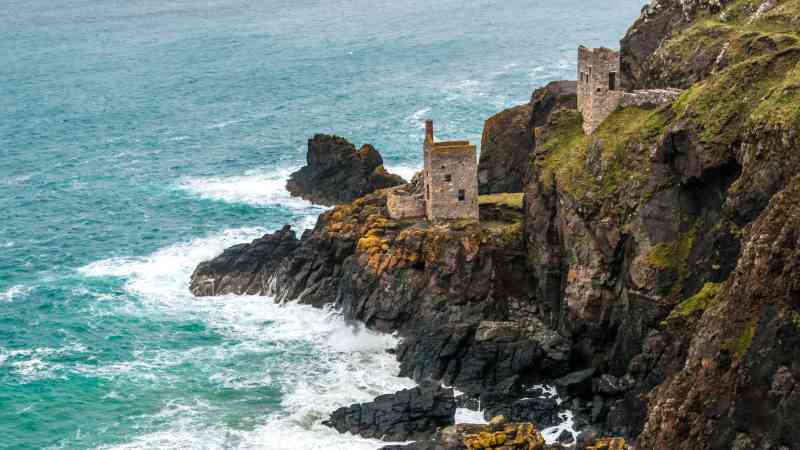The Queen’s property company, the Crown Estate, has identified five locations to develop the first commercial scale floating offshore wind farms in the Celtic Sea, which aim to provide power to four million homes by 2035.
The areas in the waters around South Wales and the South West peninsula were chosen based on where the energy platforms could be built most quickly, taking into account shipping routes, fishing activity and the environment.
These will be whittled down to smaller sites in collaboration with marine and government bodies and market players. A detailed review of the habitat will help determine whether the project could harm its surroundings, the Crown Estate said. A tender process is to start in the middle of next year for energy companies to bid for the leases to develop the locations.
The Crown Estate is a £14.4 billion land and property empire owned by the Queen but run as an independent business, returning profit to the Treasury. This has totalled £3 billion in the past ten years. As well as a vast property portfolio including Regent Street in central London, it manages the seabed and about half the foreshore around England, Wales and Northern Ireland, and invests in offshore wind, cables, pipelines and carbon storage.
Nicola Clay, the head of new marine ventures at the Crown Estate, said that the development of floating wind farms “will support investment in the regional supply chain and infrastructure, contribute significantly to UK energy security and help projects in the Celtic Sea” to become more cost-competitive.
Wind power is stronger in the sea than on land. Floating wind farms offer a wider choice of location than offshore farms because they allow turbines to be installed in deep or unstable sea locations.
Few have been built because they are more technically complex than putting turbines in shallower waters. The government wants to produce up to 5GW of floating offshore wind by 2030.
Research for the Crown Estate reported that the Celtic Sea had the economic potential to build an extra 20GW of floating offshore wind capacity by 2045.
